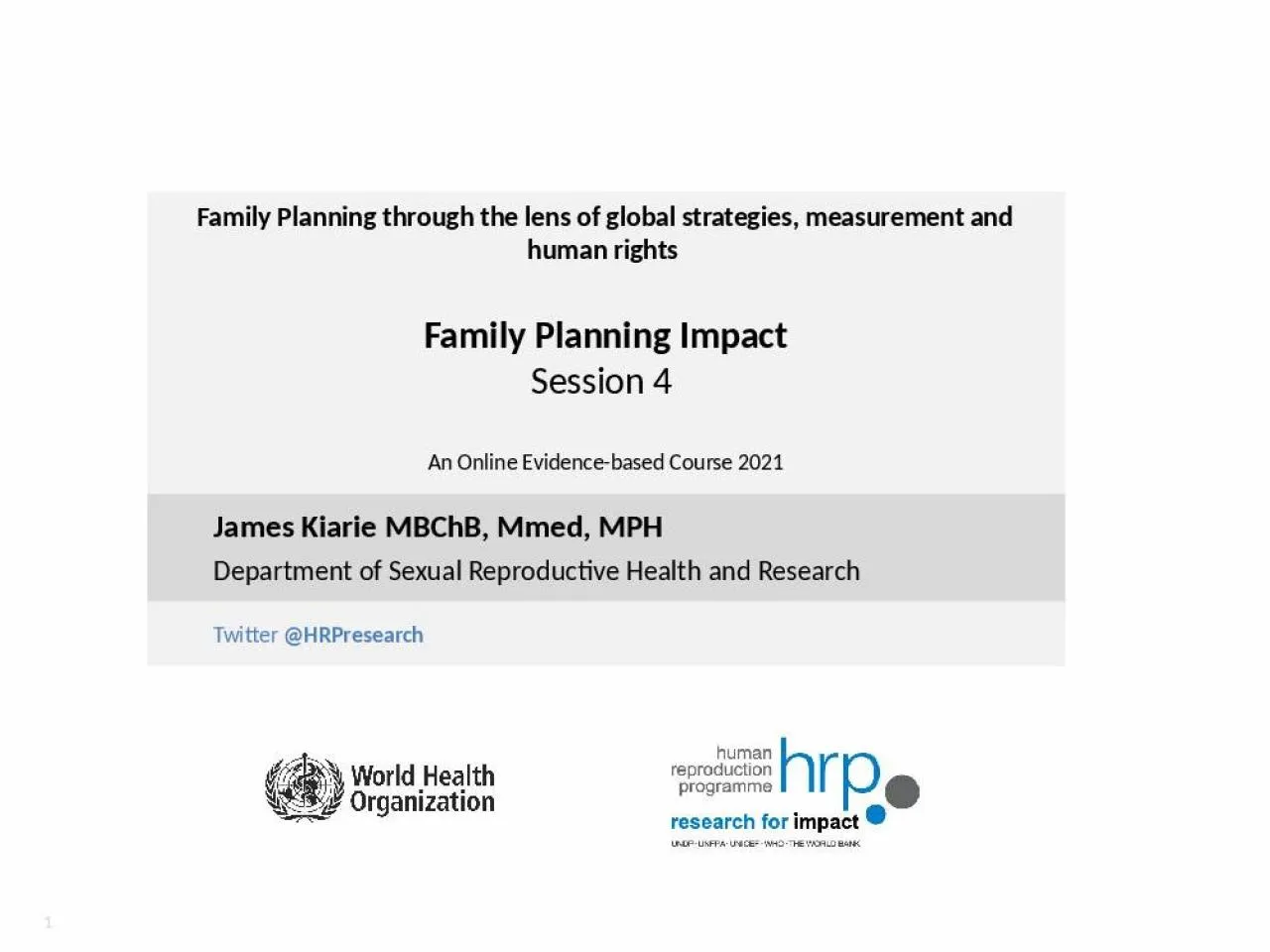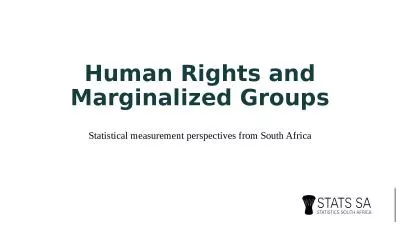PPT-Family Planning through the lens of global strategies, measurement and human rights
Author : olivia | Published Date : 2022-05-18
Family Planning Impact Session 4 An Online Evidencebased Course 2021 James Kiarie MBChB Mmed MPH Department of Sexual Reproductive Health and Research Outline
Presentation Embed Code
Download Presentation
Download Presentation The PPT/PDF document "Family Planning through the lens of glob..." is the property of its rightful owner. Permission is granted to download and print the materials on this website for personal, non-commercial use only, and to display it on your personal computer provided you do not modify the materials and that you retain all copyright notices contained in the materials. By downloading content from our website, you accept the terms of this agreement.
Family Planning through the lens of global strategies, measurement and human rights: Transcript
Download Rules Of Document
"Family Planning through the lens of global strategies, measurement and human rights"The content belongs to its owner. You may download and print it for personal use, without modification, and keep all copyright notices. By downloading, you agree to these terms.
Related Documents














